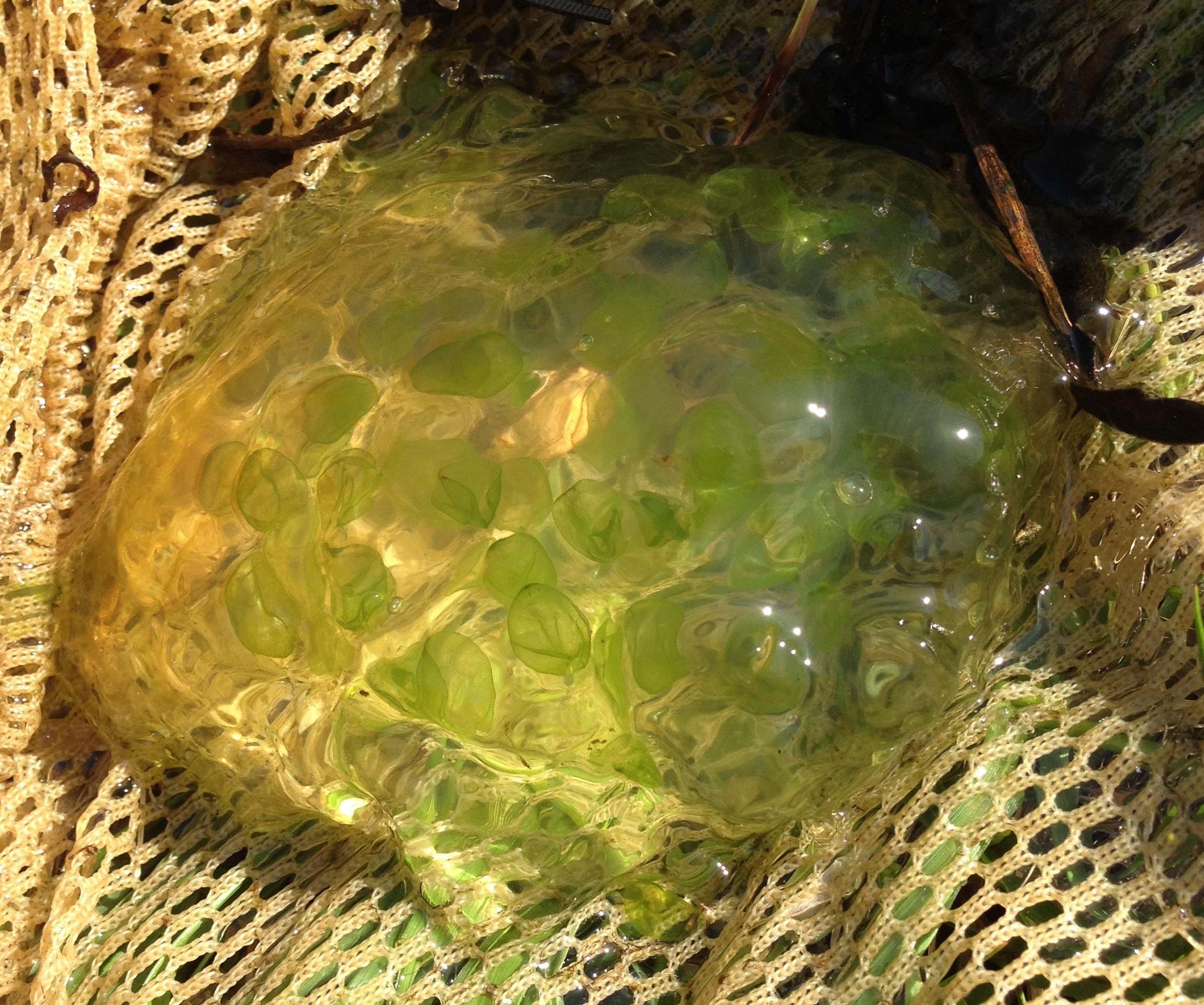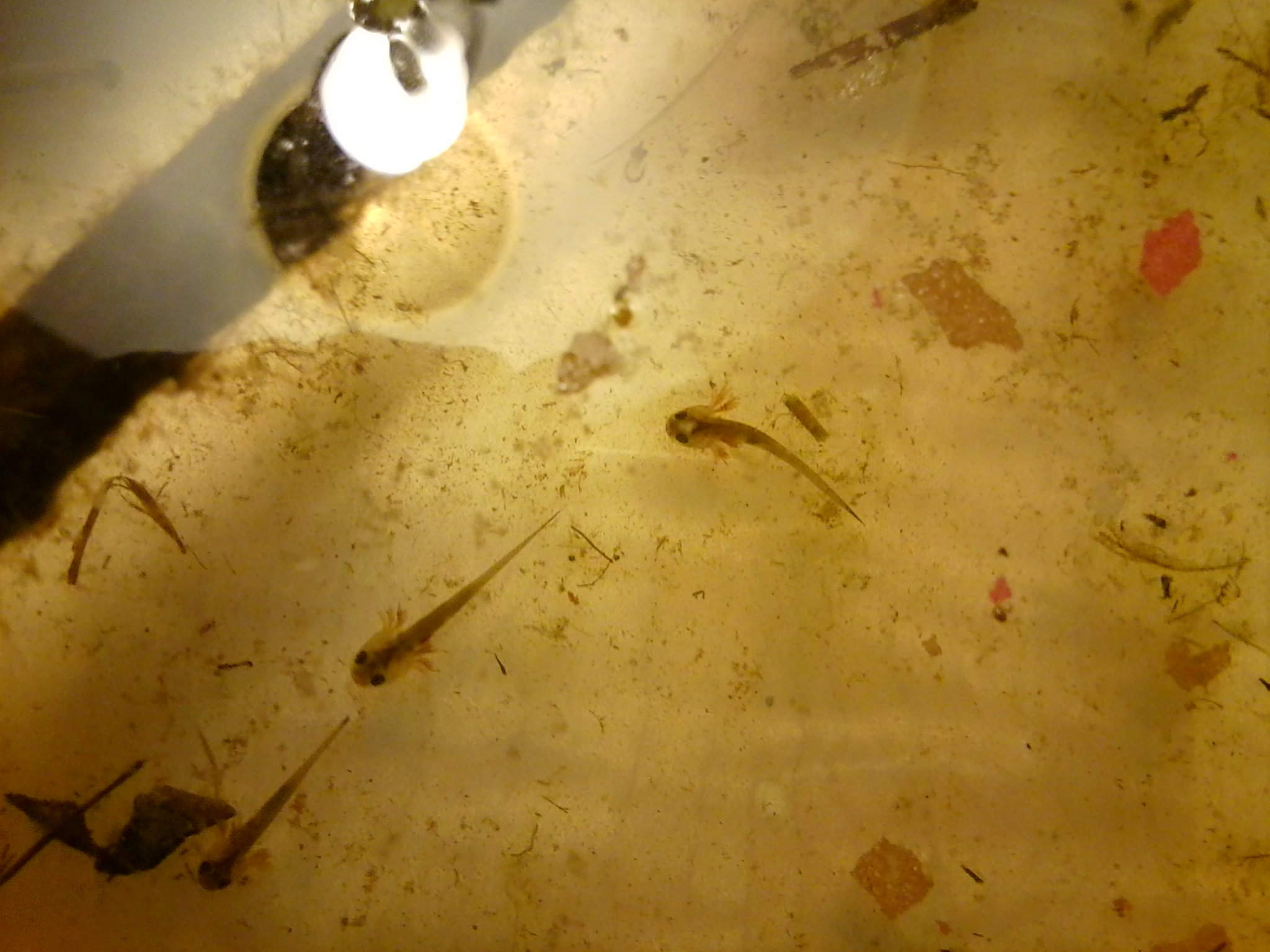For the 1st species Sunday I am writing about the Spotted Salamander (Ambystoma maculatum).

In high school, I actually raised some from eggs. I learned a lot about them and salamanders in general during that process and they are very interesting animals! They are found all over the Eastern U.S. and are considered to have stable populations. Adults live in a forest and they lay their eggs in vernal pools or water bodies that lack fish. A vernal pool is an area that only has water during the spring, usually due to melting snow, and they serve as important habitat for amphibians. Adults are between 6 and 10 inches long but are rarely seen because they live in leaf litter, under logs, or in tunnels. They are also active at night.
The breeding season is in early spring when the snow melts or temperatures warm in regions further south. The males move with the 1st warm rain and arrive at breeding pools 1st. One spring I collected an egg mass and assumed that it was frog eggs until I noticed that all the eggs had a greenish tint to them. I did research to try and figure out what species the eggs belonged to which is when I learned that spotted salamanders have a symbiotic relationship with algae (Oophila amblystomatis); the eggs provide a home for the algae and the algae provide oxygen to the unhatched salamanders and without the algae, the salamanders hatch with deformities. Pretty cool huh?! Here is a set of hatched out spotted salamander eggs. The algae may be passed from, parents to the offsprings but scientists aren’t really sure yet.

Soon after the eggs hatched, after 4 to 8 weeks, I learned something else about salamanders that I did not expect; the young are carnivores and will eat each other. By the end of the summer, I only had one salamander left because they would eat each other. The process from hatching to metamorphosizing takes 2 to 4 months. THeir water had to be replaced daily with pond water to provide them will a supply of water fleas and the like to eat. The young also have external lungs, which are kind of like fringe. Aquatic salamanders, like the Axolotl, retain these gills but other species like the newt do not. I’ll finish this post with a picture of my salamanders, early on I tried feeding them fish food, which did not work. Apparently, sea monkeys are a good source of food but I did not try that with my salamanders. At the end of the summer, I let my sole survivor go in a small pond since it was used to eating pond organisms and I had to go to college.


Leave a comment